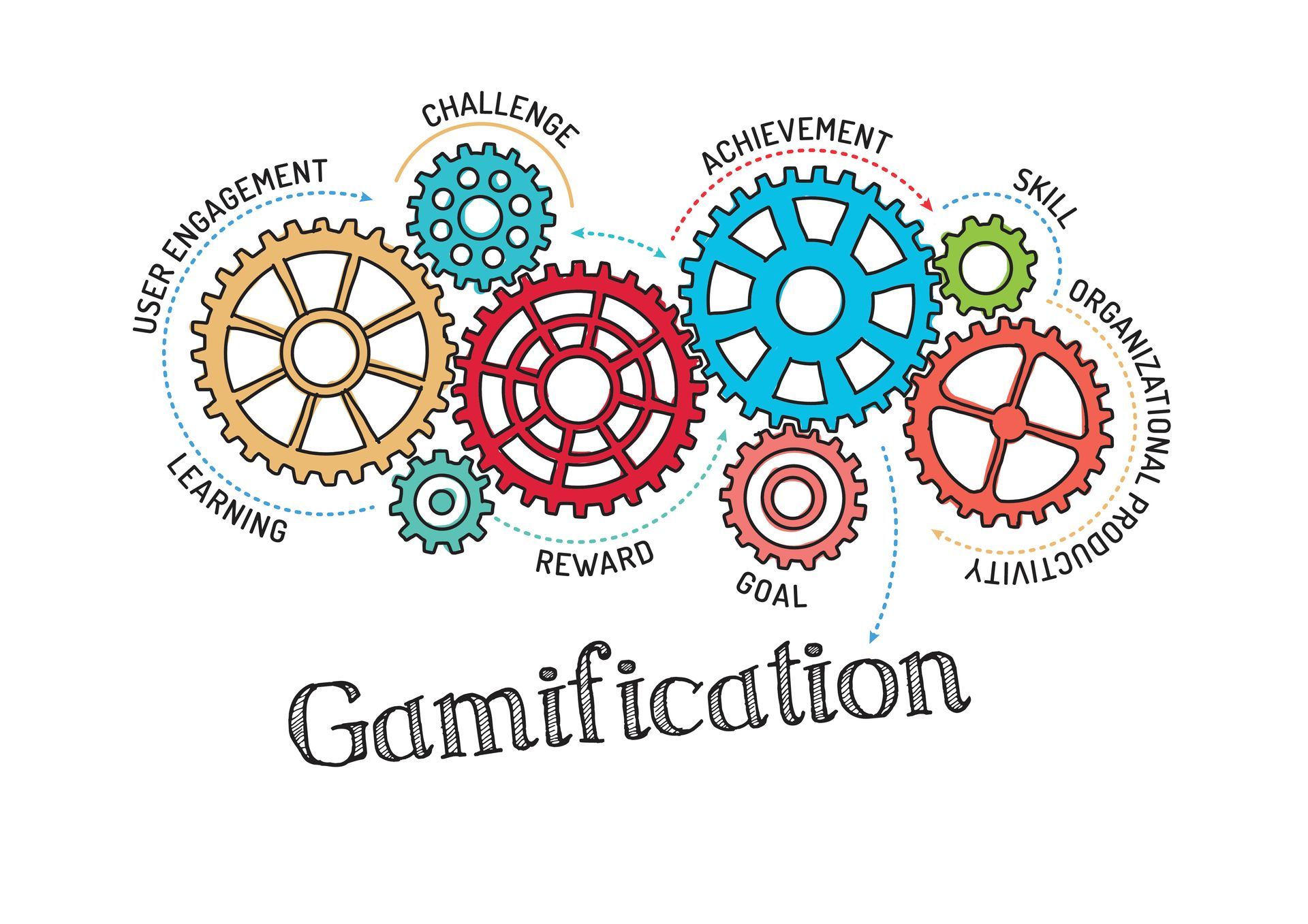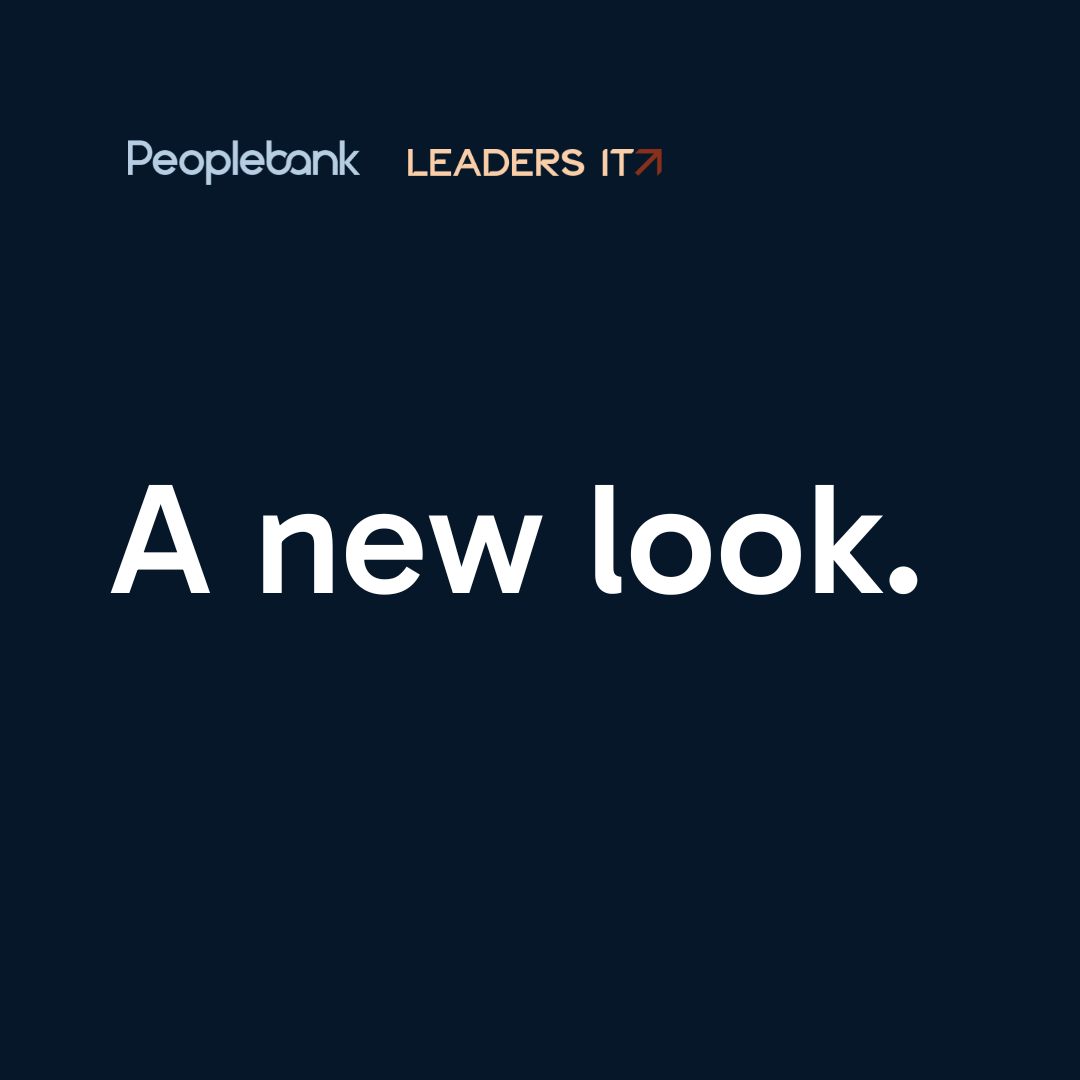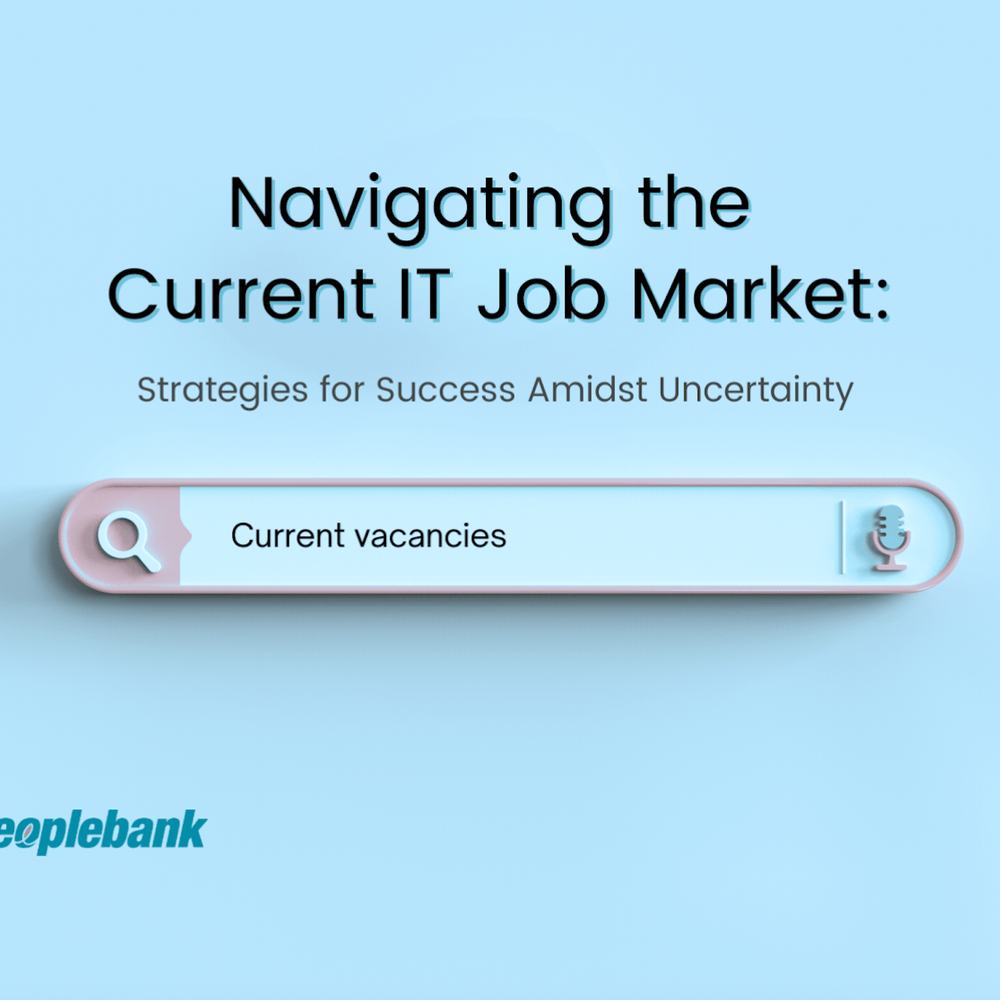Gamification and its effects in business
So, what is gamification?
Unfortunately, gamification in business is not games created purely for corporate purposes.

In very simple words, gamification is taking the techniques that keep people engaged in video games and applying them to real-life situations such as work. For example, most PlayStation games set missions for the player and upon completion of that mission, there is a reward. Much like a project at work, upon completion, you often win a client or make some money, or simply get some great feedback. There are other forms of rewards like secret health packages or shooting zombies which are short-term, quick ways to feel gratified – often reflective of daily successes.
What are the main benefits of gamification?
Predominantly, gamification engages employees. When there is a goal in mind, and a potential to fulfil, employees will often have a stronger drive and therefore higher productivity. Employee engagement also means there will be an excellent adaption to change. Using the same techniques that games do (to keep players hooked) such as a storyline and meaning will help employees be in touch with the company’s big goals.

Recognition and moving forward much like jumping level to level in a game is rewarding for employees and inspires them to keep kicking goals. Each level in a game gets harder and harder, a player knows this and prepares to be better the next time (or at least they know they will have to be better). The more they play the better they will get. This is how it works for employees too, they will want to be better and achieve higher goals. To achieve this, they will put in the hard work and practice.
Learning is made easier and more effective. Learning via ways of gamification often include multiple choice questions, interactive tests, simulations, quizzes and video content. Better than just reading through a manual book as you can imagine. It is harder to zone out when you know you have to complete a test at the end of reading or viewing learning materials. In terms of great ROI, gamification learning schemes are much more effective than others because these types of learning or onboarding processes are often less time consuming and make measuring success simpler.

With gamification, you can frame individual employee goals around organisational goals and create healthy competition. Rather than focusing on only the end goal, these effects allow for employees to focus on the actions that will lead them there. They will feel compelled and motivated to work hard alongside other employees and ensure their standard of work is high enough to reach the ultimate goal. When you break down a big goal into several smaller goals for an employee, they will be able to overlap their activities and align their actions with what the company needs and desires.

Gamification isn’t always obvious but with strategies in place that lead to these kinds of results, it’s hard not to think that gamification should become the new norm. Imagine the results of engagement and motivation from employees if gamification was entrenched in every company. In fact, gamification is slowly but surely becoming the way that most modern companies do things, knowing these tactics work for most people, especially millennials who thrive off change, efficient learning, rewards and healthy competition.
How do you think gamification could help you?














